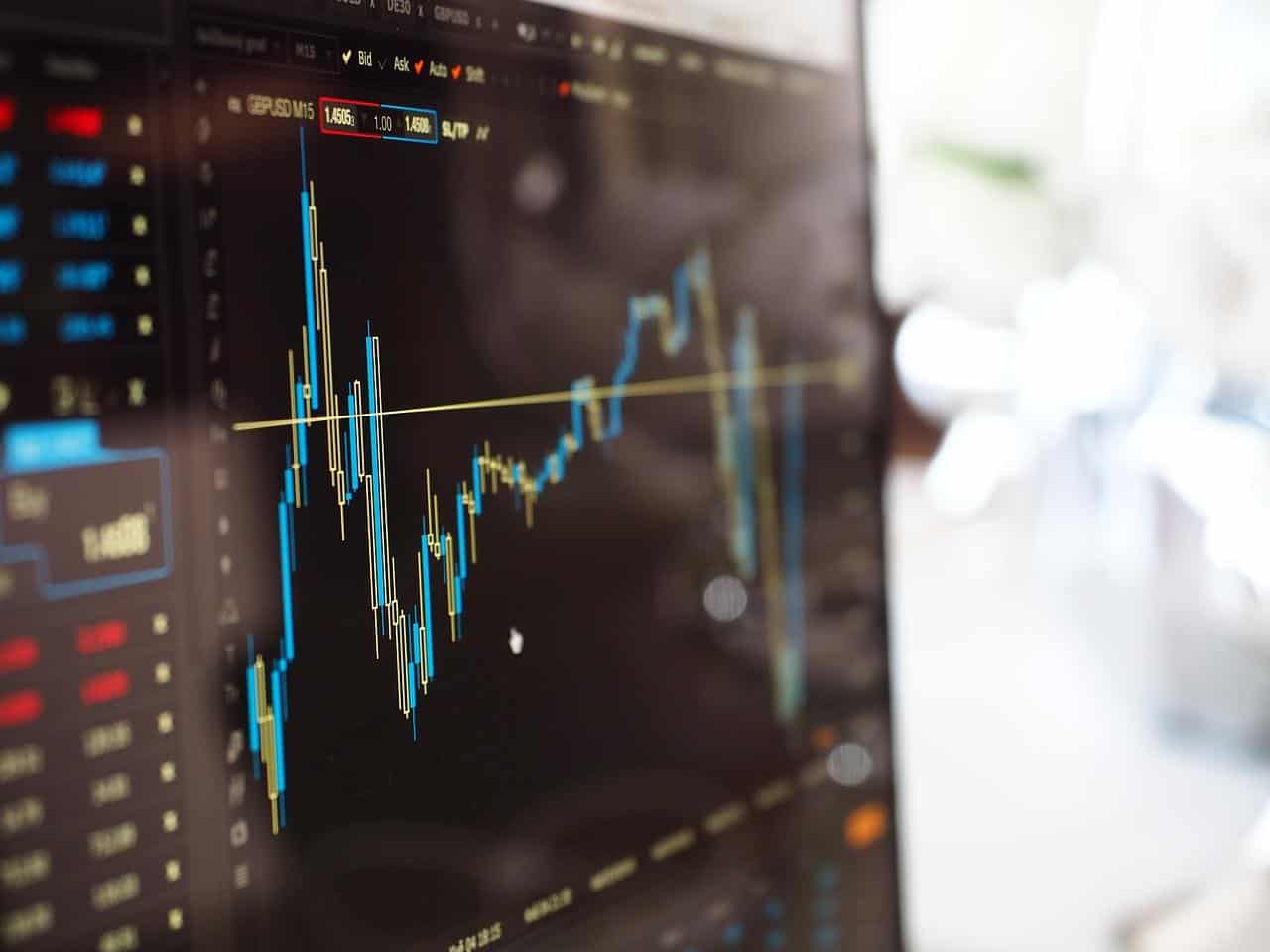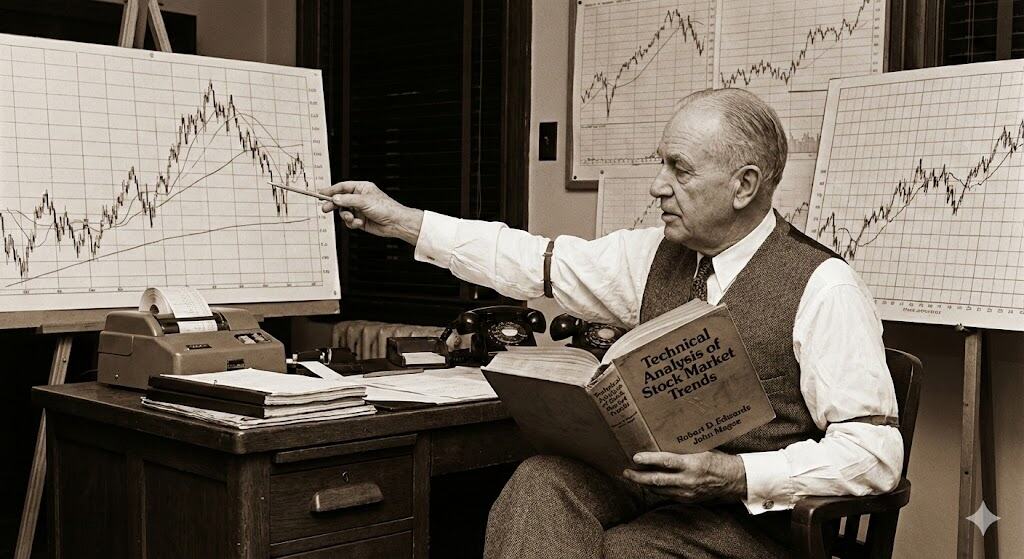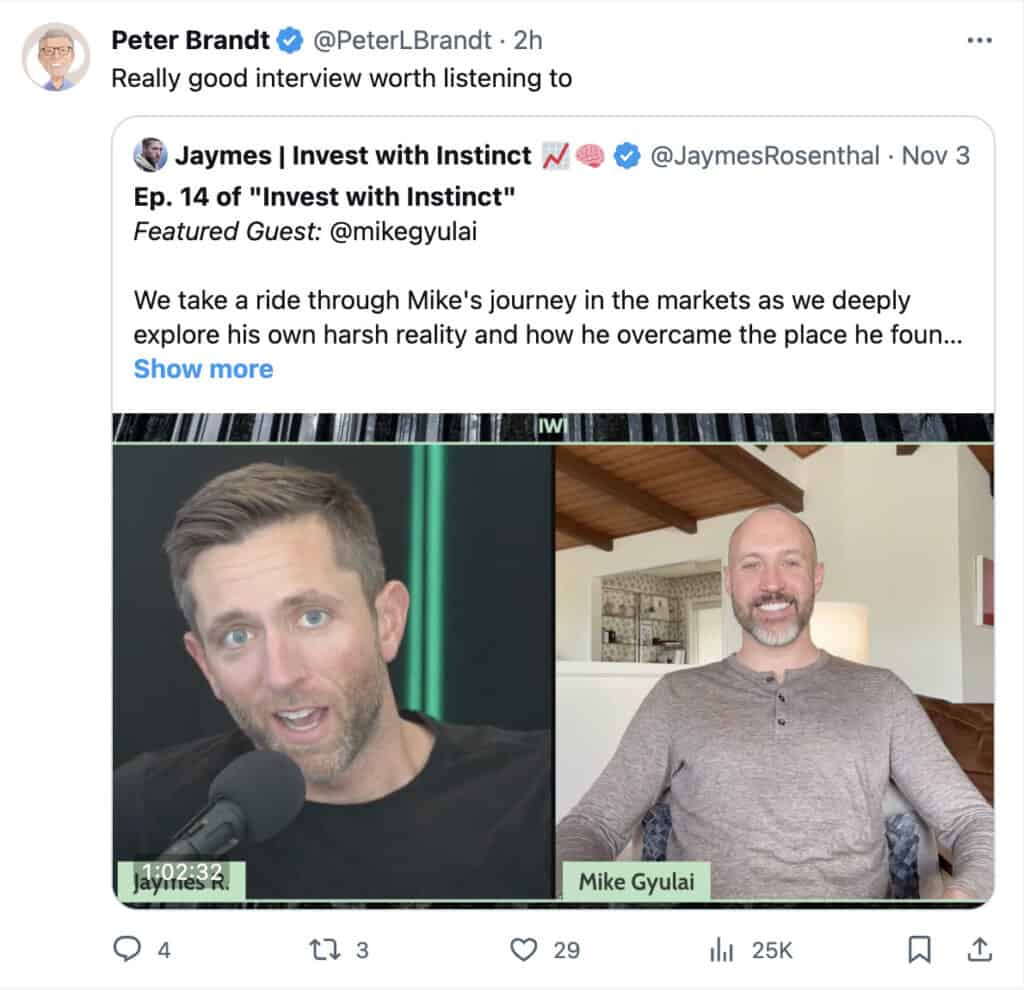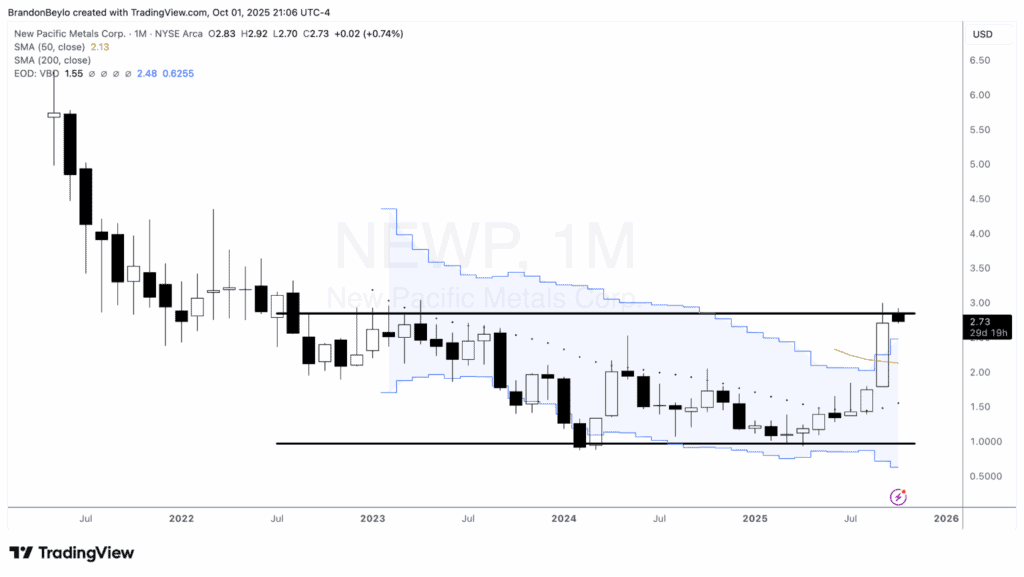Why Do You Trade?
It’s important to understand the true drivers behind why you trade the markets. The answer is different for everyone. We all have different circumstances, wants, wishes, and desires.
Find yours.
Below are common reasons people get involved:
- Entertainment
- Gambling
- Staying Informed About Economic and Political Developments
- Intellectual Pursuit/Curiosity
- Side Income
- Primary Income
- Advising Friends and Family
- Professionally Managing A Fund
Your reasons influence how you attack markets. For example, people managing their own wealth might prioritize account growth over shallow drawdowns. Whereas the individual looking to run money professionally will need to focus on risk control. And then you’ll have the gamblers who will undboudtedely gravitate towards penny stocks and out-of-the-money options.
Your reasons for trading also greatly influence the amount of time and energy you’ll need to commit to the markets. Simply placing trades and having fun without regard to your P&L will take a few minutes a week. On the other hand, launching a fund will take all your time and energy just like any other business startup.
If you have a clear picture of what you want, you can effectively design a market strategy that accomplishes your goals and fits within your time and energy constraints.
Without this clarity you’ll get stuck in the never ending abyss of global markets, looking for something you can’t find.
Return Expectations
The next step after defining your reasons for trading is developing realistic return expectations.
You want to model your expectations around something that’s sustainable over the long-term. 100%, 500%, and even 1000% returns can happen in a year, but expecting that year-after-year is a pipe dream.
The following are general guidelines for the average yearly returns of a successful trader (keyword being successful). These numbers come from our own experience and the study of long-term track records of the best in the business.
- Conservative traders — 10% a year
- Moderate traders — 20% a year.
- Aggressive traders — 30% a year.
The more aggressive you are, the more you’ll earn. But you’ll also have to live through steeper drawdowns. Can you sit through a 50% drawdown? Can your clients?
Someone trading their own money may be able to handle 50% drawdowns because they have an intimate understanding of their own trading strategy. But when it comes to managing clients, or even developing a track record for fundraising, you can’t have those same drawdowns. It will immediately scare off potential investors. Your choice once again depends on your trading goals.
Account size is another factor that plays into your aggression level. A 50% drawdown on a $10,000 burner account is a small amount of money on an absolute basis. But take that same drawdown on a nest egg of $3,000,000 and it’s a much harder pill to swallow.
For some, these realistic return numbers will be humbling. Trading is commonly mistaken as an easy, “get rich quick” opportunity. But that’s the worst way to think about it.
In reality the return in trading isn’t far off from other major businesses. Here’s a spreadsheet from NYU that shows the margins across various industries. On average, companies earn about 10.8% operating margin before tax. Why would the business of trading be an outlier? The return guidelines at the beginning of this section make more sense when you define trading as a business operation rather than a lucrative hobby or adrenaline rush.
Finally, it’s important to expect feast/famine returns rather than a smooth paycheck from the market. It’s common to experience long stretches of nothingness followed by periods of immense profits. One of the hardest things in speculation is patience. As Jesse Livermore famously said:
“The desire for constant action irrespective of underlying conditions is responsible for many losses in Wall Street even among the professionals, who feel that they must take home some money every day, as though they were working for regular wages.”
We’re all conditioned to get paid for our time. We complete tasks and in return get a paycheck. The more tasks we do, the more dollars we receive. The business of trading is nothing like this. More often than not, you get paid to do nothing. Here’s Livermore again:
“After spending many years in Wall Street and after making and losing millions of dollars I want to tell you this: It never was my thinking that made big money for me. It was always my sitting.”
“Men who can be right and sit tight are uncommon. I found it one of the hardest things to learn.”
Make sure to factor this into your return assumptions. It’s unrealistic to expect a steady profit stream each and every month.
Achieving Inner Alignment
The desires, goals, and expectations outlined above all come together to form a succinct picture of where you want to go and how you’ll get there.
Traders that successfully combine these achieve inner alignment. Inner alignment allows you to operate at your best to execute clearly and efficiently. A lack of inner alignment leads to a state of constant emotional tension. Tension that turns into account blow ups, mental burnout, bitterness, and disappointment.
All of us at Macro Ops have achieved inner alignment. We’ve thought long and hard about why we’re in the market and what we want out of it. Our goal is to trade with a moderate level of leverage and create returns that consistently outpace basic buy and hold. We also aim to eliminate the nasty 50%+ drawdowns that buy and hold investors have to endure.
If you want to learn more about our trading process, check out our 80-page Macro Ops Handbook by clicking here.








